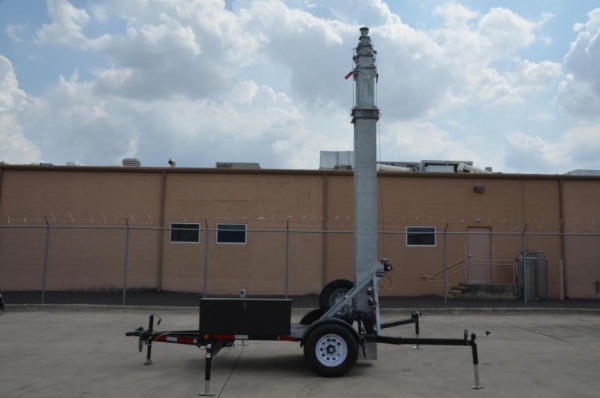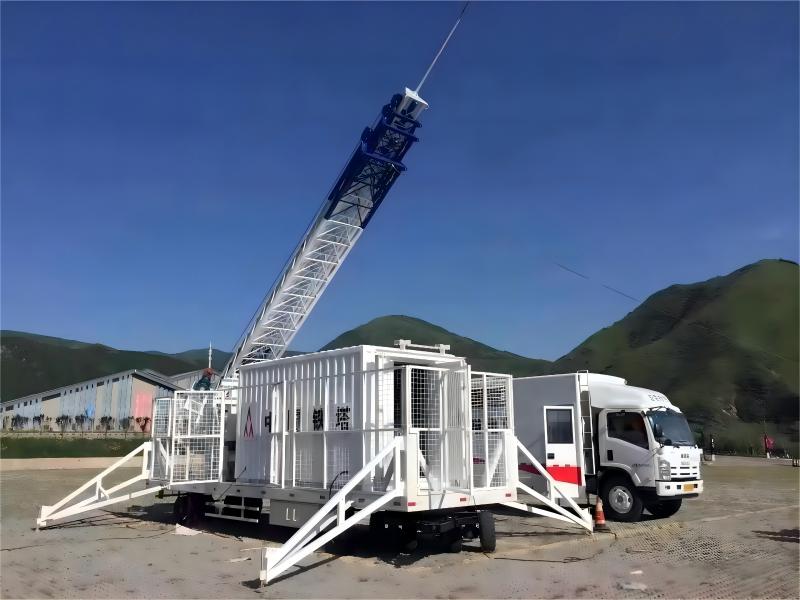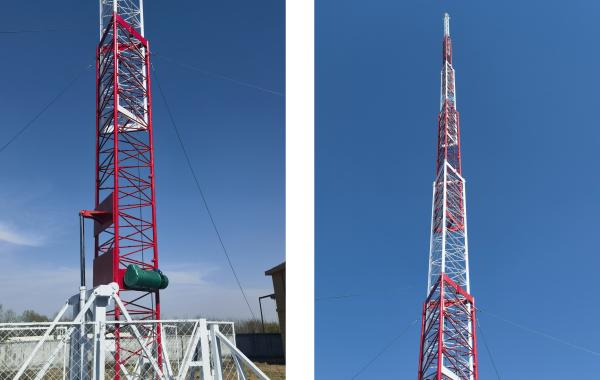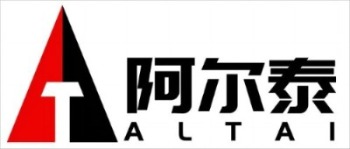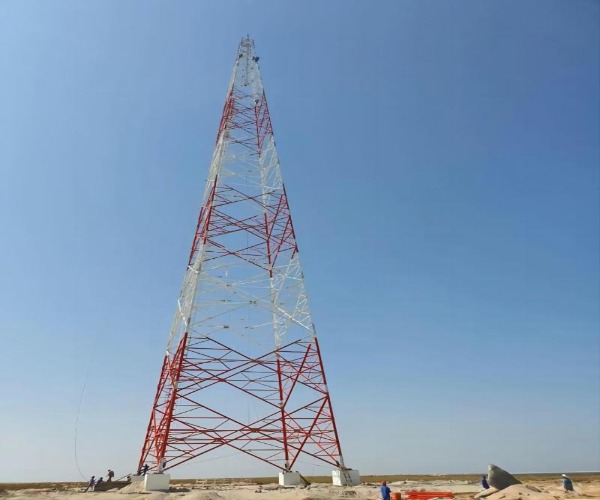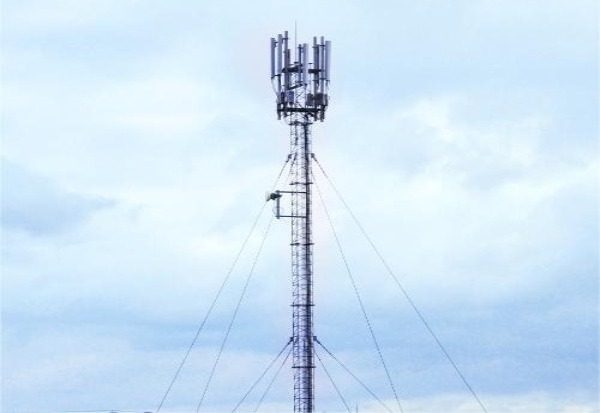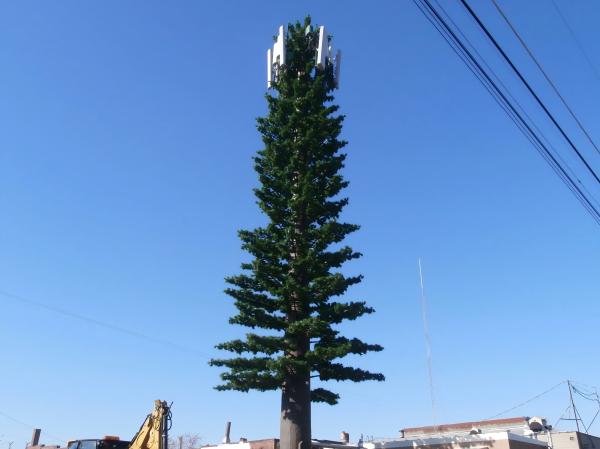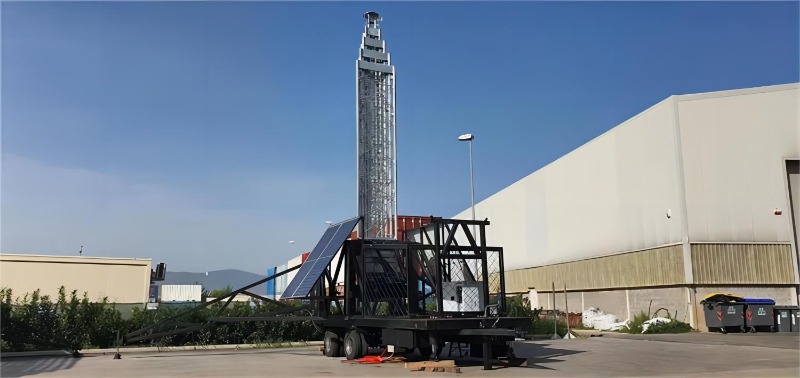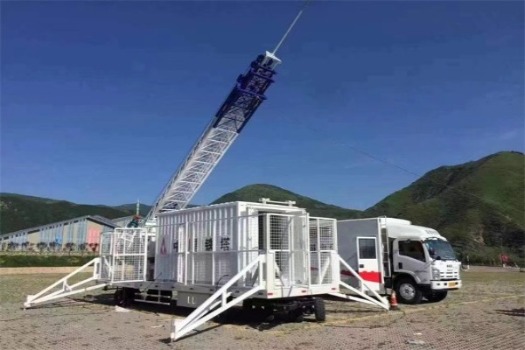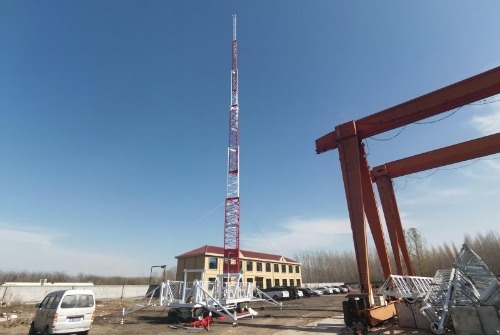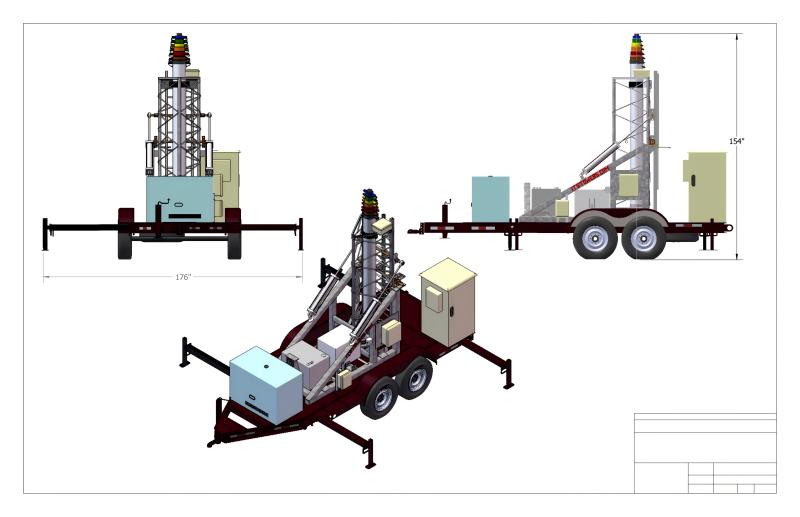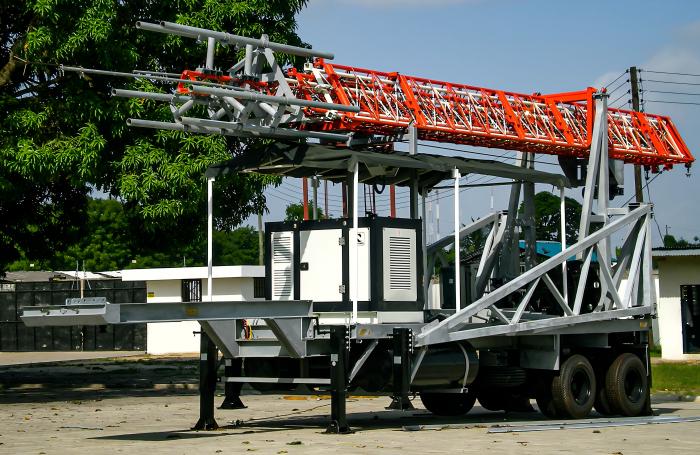In the modern packaging industry, square bottom valve bags have become the first choice for packaging powdered and granular products (such as cement, fertilizer, food, etc.) due to their excellent performance and environmental protection characteristics. PP square bottom valve bag making machine is a high-end equipment specially designed for the production of such bags, which is widely welcomed by the market for its high efficiency, precision and environmental protection. So, how does this equipment achieve the production of seamless square bottom bags? This article will deeply reveal the working principle of PP square bottom valve bag making machine to help you understand the mystery of this technology.
The core principle of PP square bottom valve bag making machine
PP square bottom valve bag making machine replaces traditional glue bonding with heat sealing technology to achieve seamless connection of square bottom bags. The entire production process is based on the following key links:
1. Raw material supply and pretreatment
The raw materials are usually high-strength polypropylene flat wire woven cloth, which has excellent tensile strength, moisture resistance and recyclability. Before entering the bag making machine, the material needs to be pretreated, including coil inspection and surface cleaning, to ensure the stability of subsequent processing.
2. Cutting and folding
The raw materials enter the cutting unit through an automated feeding system. The bag making machine has a built-in high-precision cutting device that can cut the bag body according to the set size. Subsequently, the machine folds the woven fabric into a preliminary bag structure through a folding mechanism.
3. Heat sealing technology: core technology
The biggest highlight of the PP square bottom valve bag making machine is its heat sealing technology. This technology uses high temperature and pressure to hot-melt different parts of the bag body, replacing the traditional glue bonding method. This seamless connection is not only environmentally friendly, but also greatly improves the durability of the bag.
1) Valve mouth molding: The valve mouth part of the bag is hot-pressed into shape through a dedicated heat sealing mold to ensure precise size and sealing.
2) Square bottom molding: The bag bottom is folded and welded using a multi-angle heat sealing mold to form a stable square bottom structure. The square bottom design allows the bag to remain stable during filling and is not easy to collapse.
4. Quality inspection and finished product collection
The bag making machine has a built-in intelligent detection system to monitor the size, strength and welding quality of the bag in real time. Each batch of finished products is strictly screened to ensure that it meets the customer's quality standards. Qualified bags are automatically sorted and neatly stacked.
Key technical advantages of seamless square bottom bag production
1. High-precision cutting and forming
The PP square bottom valve bag making machine adopts a high-precision servo drive system to ensure that the cutting and forming errors of the bags are controlled within the micron range. This precision allows each bag to maintain a consistent size and shape.
2. Environmental advantages of heat sealing process
Compared with traditional glue bonding technology, the heat sealing process does not use any chemical adhesives at all, avoiding the release of harmful substances. This not only meets environmental protection standards, but also greatly reduces production costs.
3. Modular design
The modular design of the bag making machine enables it to quickly adapt to the production needs of bags of different sizes and specifications. This flexibility is particularly suitable for multi-variety, small batch orders, greatly improving production efficiency.
4. Intelligent operation and monitoring
The machine is equipped with an intelligent operation panel and real-time monitoring system. Users can set production parameters through an intuitive interface and adjust and optimize the process at any time. In addition, the system automatically records the production data of each batch for quality tracking and analysis.
Application scenarios of PP square bottom valve bag making machine
PP square bottom valve bag is widely used in the following industries due to its seamless design, high strength and excellent moisture-proof performance:
1. Building materials industry
Such as cement and gypsum powder packaging. PP square bottom valve bag can bear a large weight while maintaining stability during transportation and stacking.
2. Chemical industry
For chemical raw materials (such as fertilizers and resin particles) that need to be moisture-proof and leak-proof, PP square bottom valve bag provides a safe and reliable solution.
3. Food industry
In food packaging such as flour and sugar, PP square bottom valve bag meets the dual requirements of hygiene and environmental protection.
4. Logistics industry
The design of seamless square bottom bag makes it easy to stack and transport, effectively reducing cargo damage and storage costs.
Actual case: PP square bottom valve bag making machine helps efficient production
An international fertilizer company once faced the problem of high damage rate of packaging bags and large loss during transportation. After introducing the PP square bottom valve bag making machine, the company replaced traditional paper bags with PP square bottom valve bags and increased production efficiency by 40%. At the same time, due to the high strength and moisture resistance of the bag, the transportation loss rate is reduced to less than 1%, saving more than $200,000 in costs each year.
Summary: The perfect combination of technology and environmental protection
The PP square bottom valve bag making machine has set an industry benchmark for the production of seamless square bottom bags with its excellent heat sealing technology and efficient automated operation. It not only performs well in production efficiency and quality, but also leads the new trend of the industry in environmental protection.
In the future, with the growing demand for green packaging, the PP square bottom valve bag making machine will continue to play an important role in the packaging field and provide more companies with efficient and environmentally friendly solutions. If you are looking for a bag making equipment that is both efficient and environmentally friendly, Gachn Group's PP square bottom valve bag making machine is undoubtedly your best choice.
